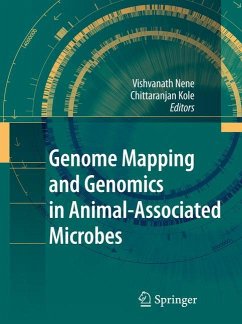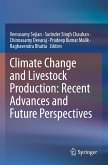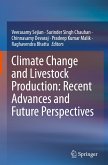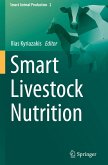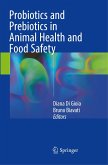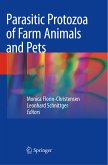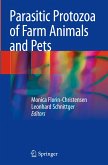Achievements and progress in genome mapping and the genomics of microbes supersede by far those for higher plants and animals, in part due to their enormous economic implication but also smaller genome size. In the post-genomic era, whole genome sequences of animal-associated microbes are providing clues to depicting the genetic basis of the complex host-pathogen relationships and the evolution of parasitism; and to improving methods of controlling pathogens.
This volume focuses on a globally important group of intracellular prokaryotic pathogens which affect livestock animals. These include Brucella, Mycobacterium, Anaplasma and Ehrlichia, as well as the protozoan pathogens Cryptosporidium and Theileria, for which genome sequence data is available. Insights from comparative genomics of the microbes described provide clues to the adaptation involved in host-microbe interactions, as well as resources potentially useful for application in future research and product development.
This volume focuses on a globally important group of intracellular prokaryotic pathogens which affect livestock animals. These include Brucella, Mycobacterium, Anaplasma and Ehrlichia, as well as the protozoan pathogens Cryptosporidium and Theileria, for which genome sequence data is available. Insights from comparative genomics of the microbes described provide clues to the adaptation involved in host-microbe interactions, as well as resources potentially useful for application in future research and product development.

